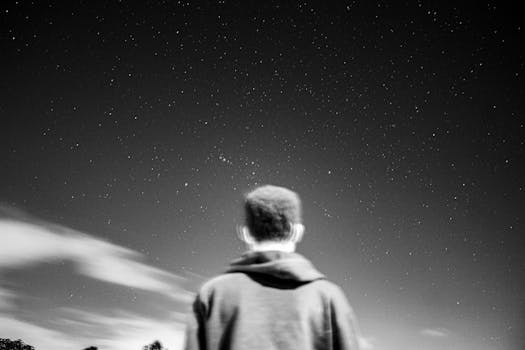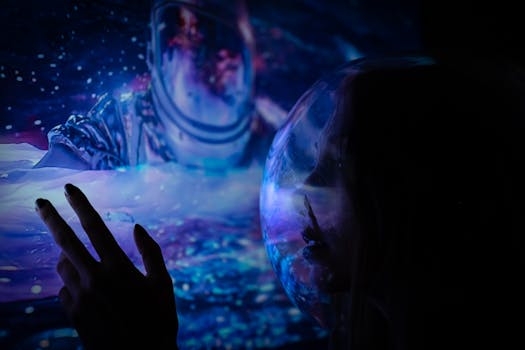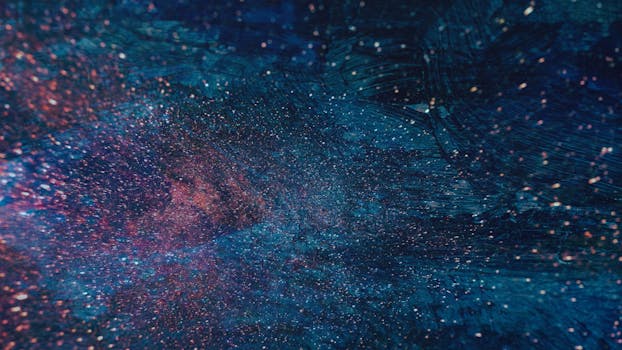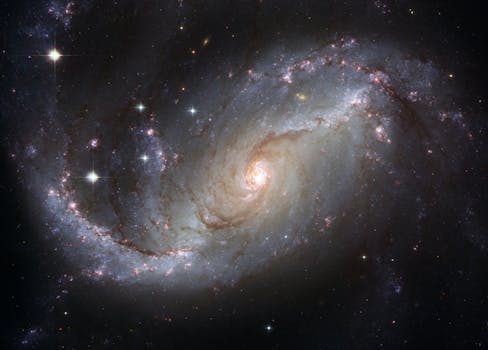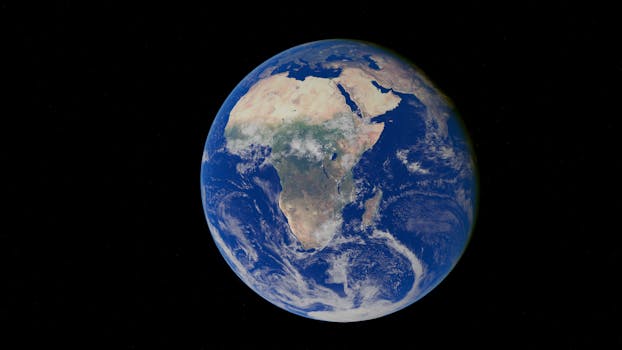
“
From Stardust to Dreams: Imagining Life Beyond the Stars
Introduction to the Cosmos and the Possibility of Life Beyond Earth
From Stardust to Dreams: Imagining Life Beyond the Stars is a journey through the vast expanse of the universe, exploring the possibility of life beyond our planet. As we gaze up at the night sky, we are reminded of the infinite mysteries that lie beyond our world. The stars, galaxies, and celestial bodies that make up the cosmos are a testament to the awe-inspiring beauty and complexity of the universe.
The concept of life beyond Earth has long fascinated humans, with ancient civilizations speculating about the existence of other worlds and the potential for life to thrive elsewhere in the universe. Today, with advancements in technology and scientific discoveries, we are closer than ever to understanding the possibility of life beyond our planet.
Understanding the Universe and the Conditions for Life
To imagine life beyond the stars, we must first understand the universe and the conditions necessary for life to exist. The universe is made up of billions of galaxies, each containing billions of stars and celestial bodies. Our own galaxy, the Milky Way, is just one of many, and it is estimated that there are over 100 billion galaxies in the observable universe.
For life to exist, certain conditions must be met. These include the presence of liquid water, a stable atmosphere, and a reliable source of energy. Earth meets these conditions, and it is likely that other planets and celestial bodies in the universe also have the potential to support life. This idea is echoed in discussions about cosmic creativity and the environments that could foster life.
Exploring the Possibility of Life Beyond Earth
There are several ways to explore the possibility of life beyond Earth. One approach is to search for biosignatures, or signs of biological activity, in the atmospheres of other planets. This can be done using telescopes and other technologies to analyze the light emitted by planets and detect the presence of gases that could be produced by living organisms.
Another approach is to search for technosignatures, or signs of technological activity, such as radio signals or other evidence of intelligent life. This can be done using radio telescopes and other technologies to detect and analyze signals from other planets and celestial bodies. The exploration of these possibilities is akin to charting new realms in our understanding of the universe.
Conclusion and Takeaways
In conclusion, the possibility of life beyond Earth is a fascinating and complex topic that continues to capture the imagination of humans. As we continue to explore the universe and push the boundaries of scientific knowledge, we may eventually uncover evidence of life beyond our planet.
Takeaways:
- The universe is vast and complex, with billions of galaxies and celestial bodies.
- For life to exist, certain conditions must be met, including the presence of liquid water, a stable atmosphere, and a reliable source of energy.
- There are several ways to explore the possibility of life beyond Earth, including searching for biosignatures and technosignatures.
See more:
https://www.nasa.gov
https://www.esa.int
https://www.space.com

